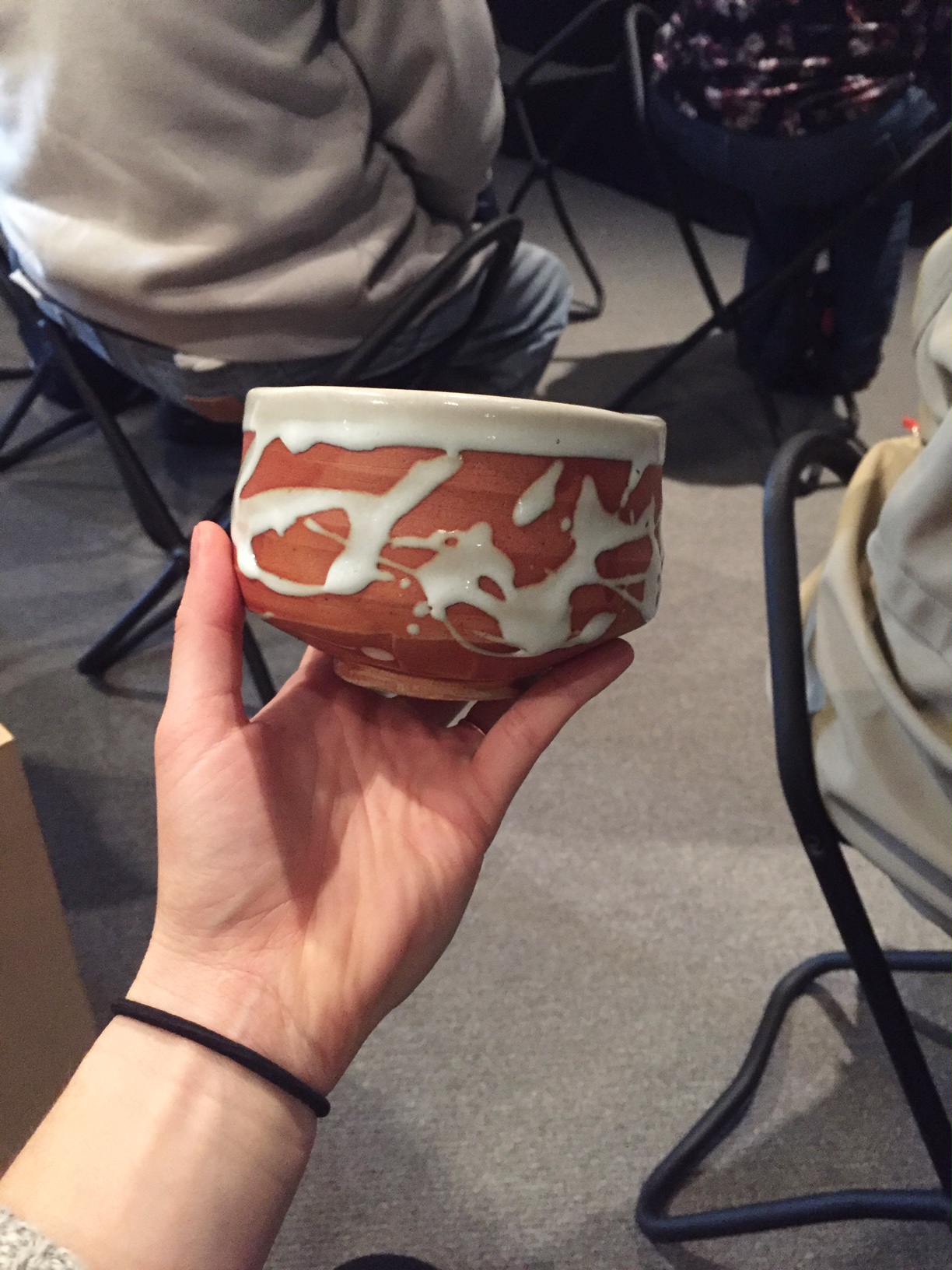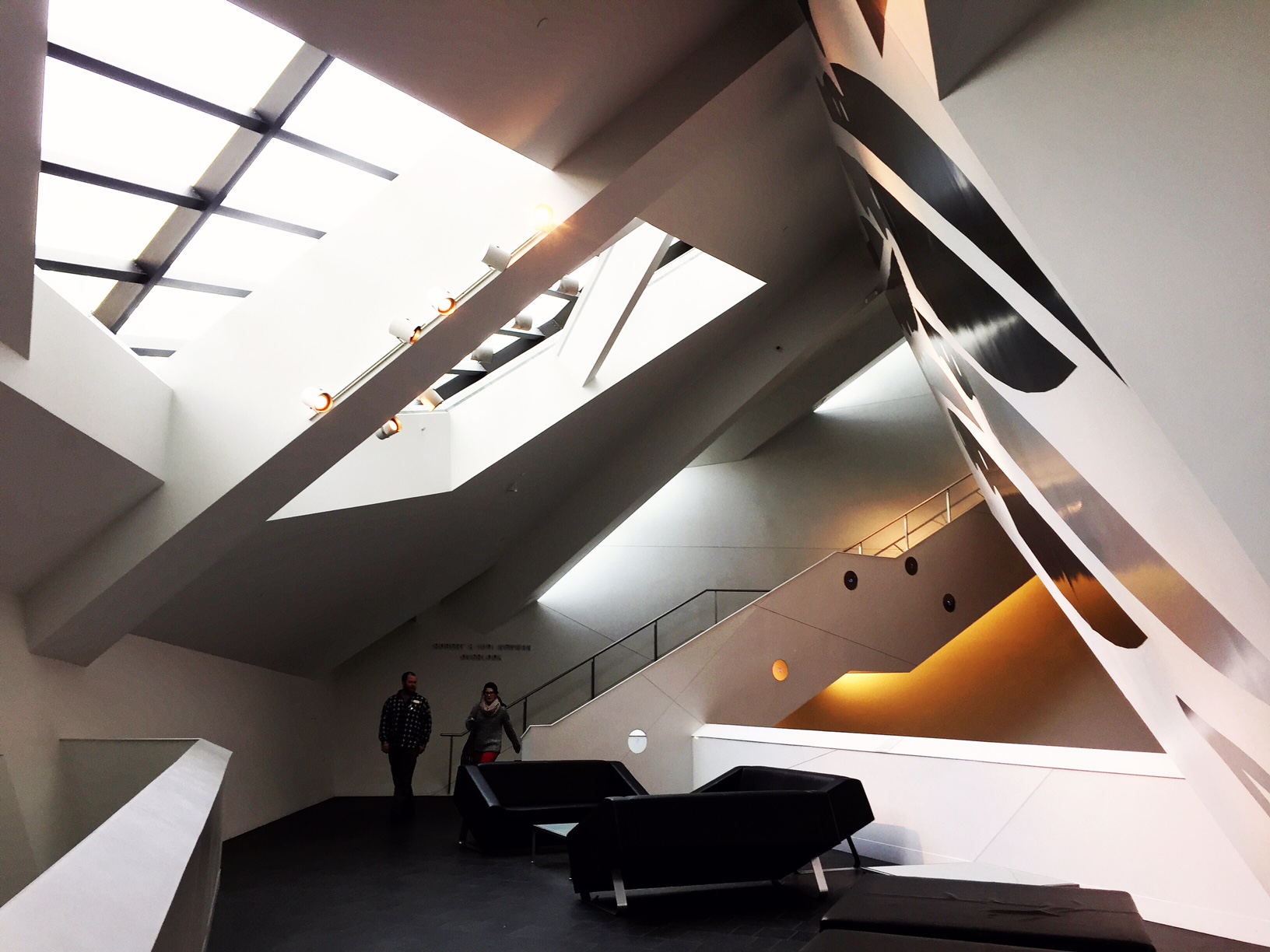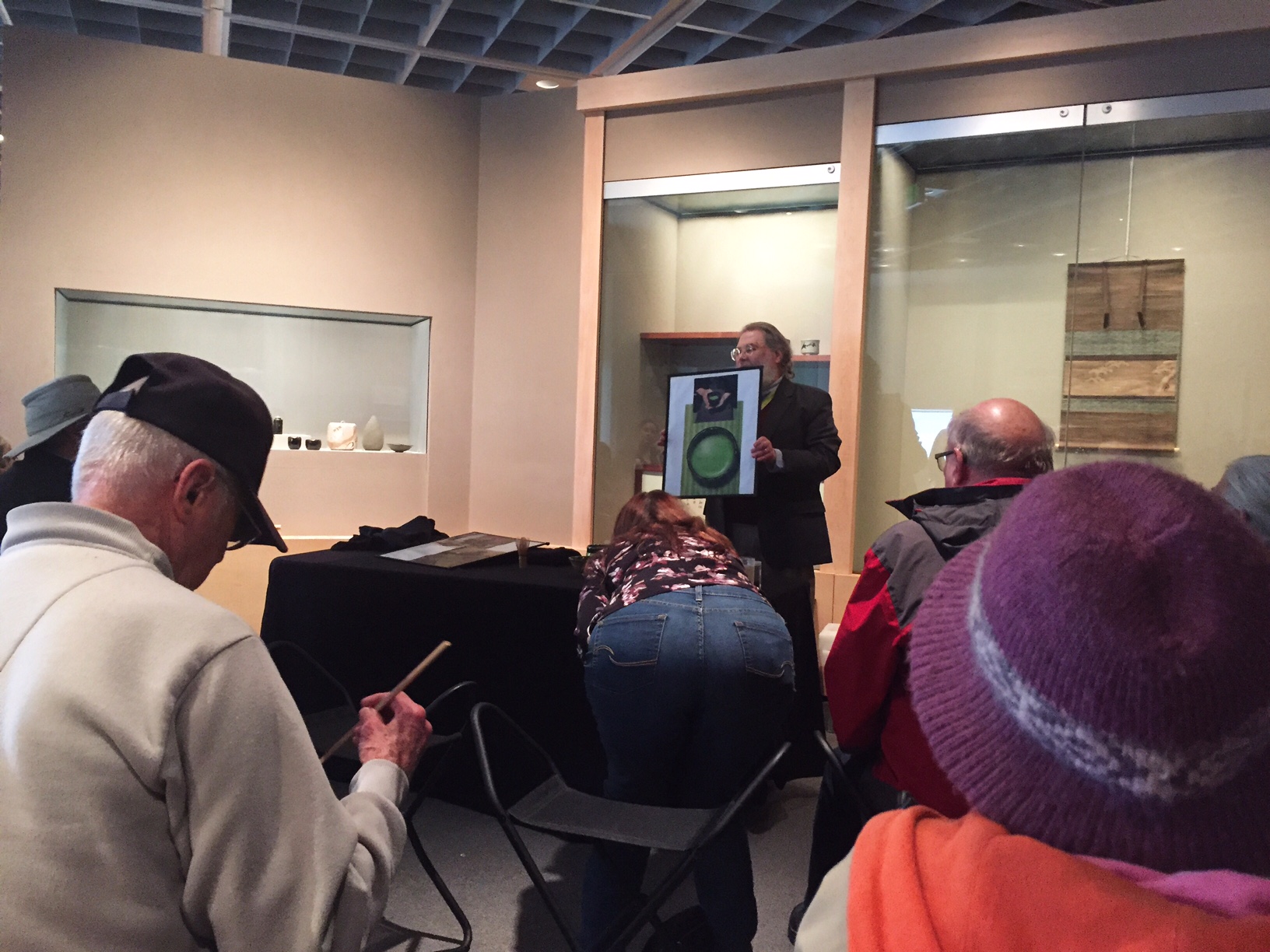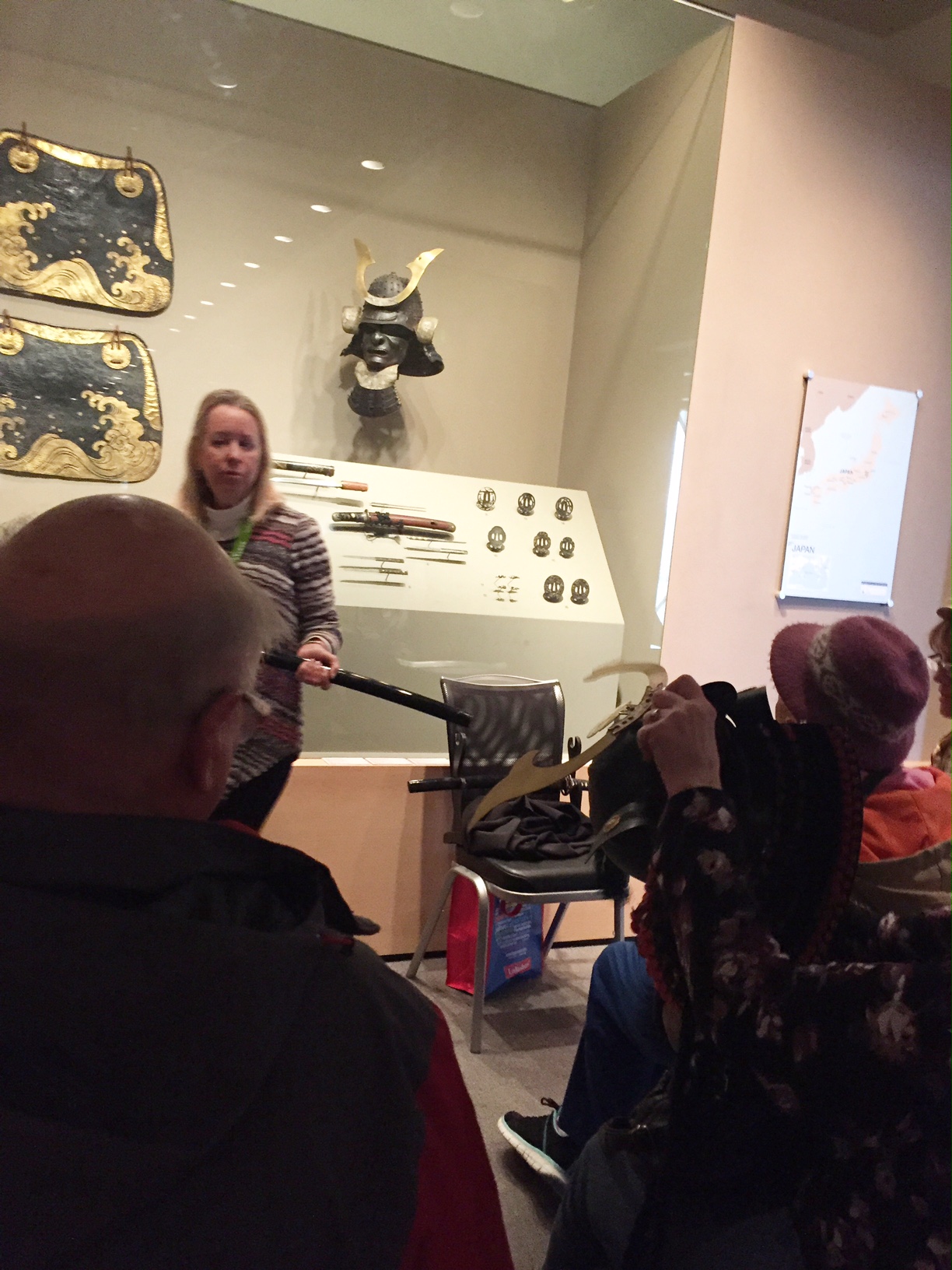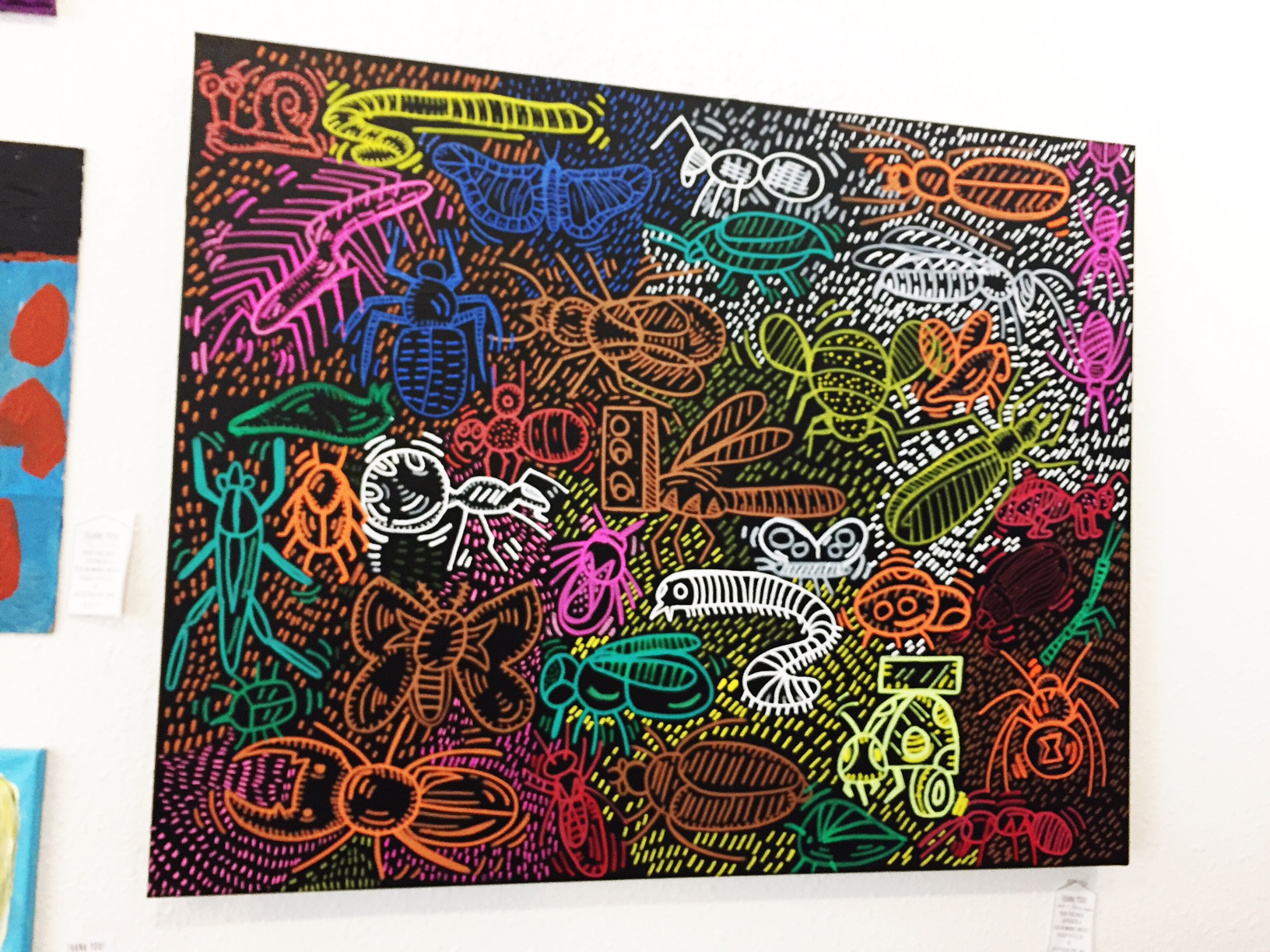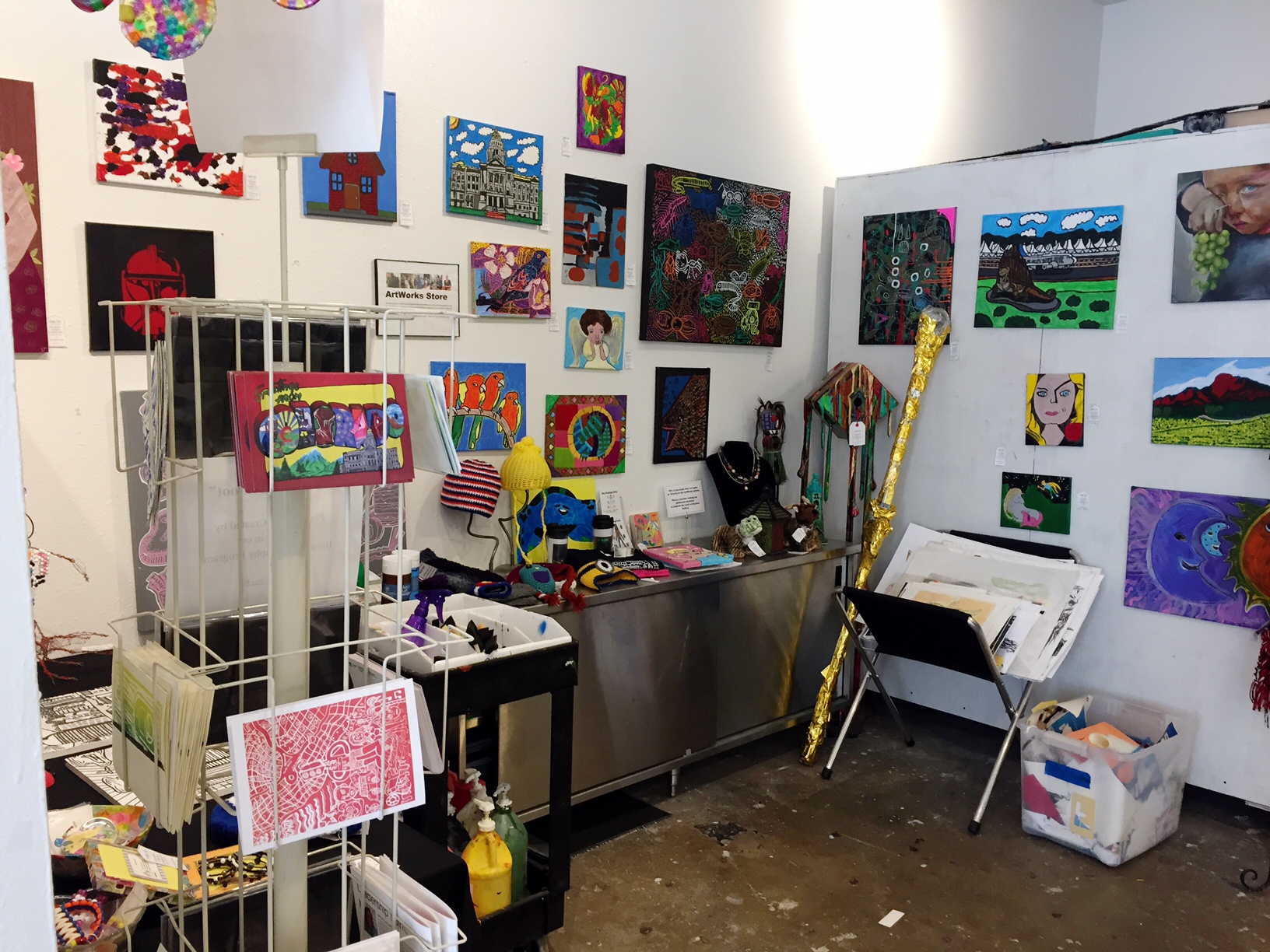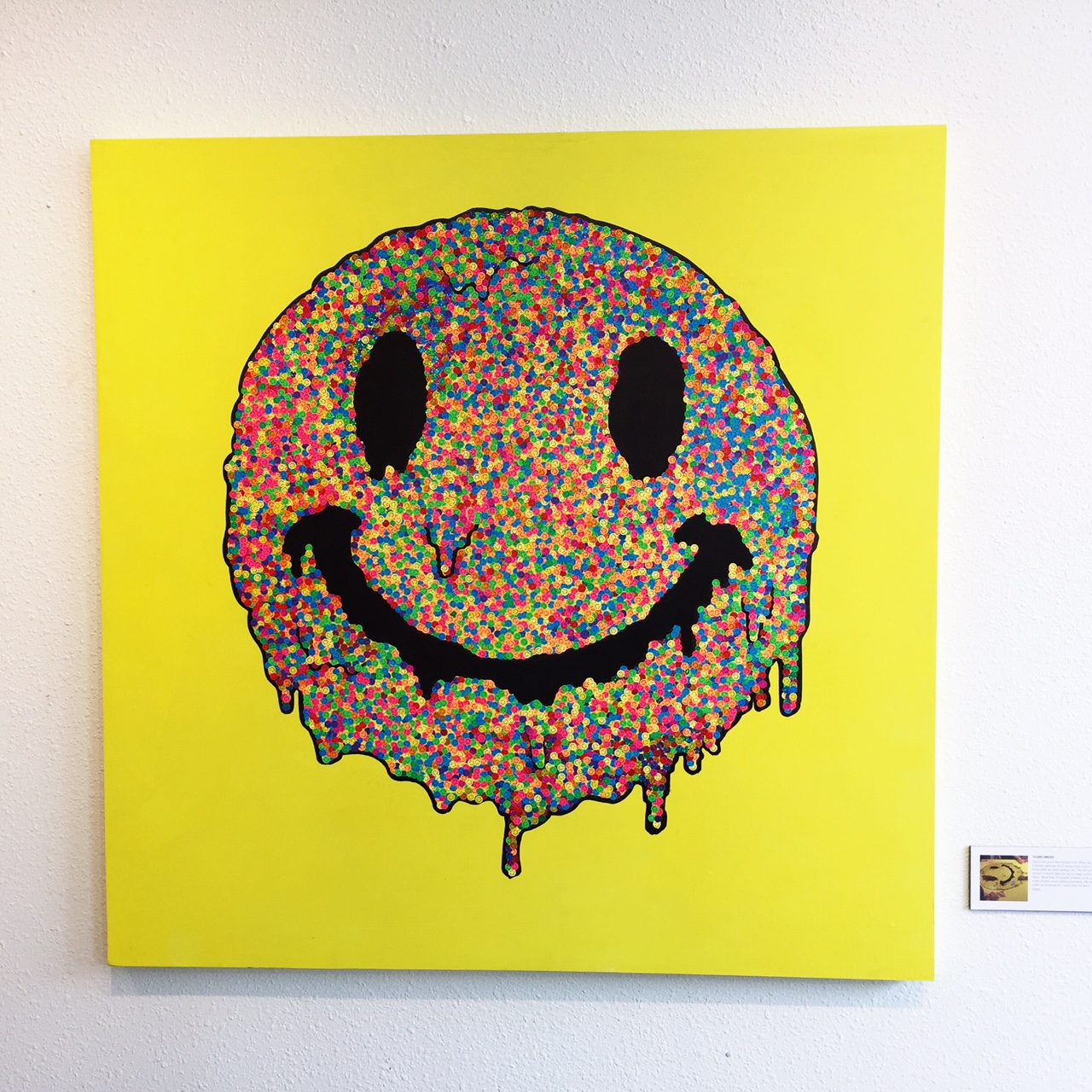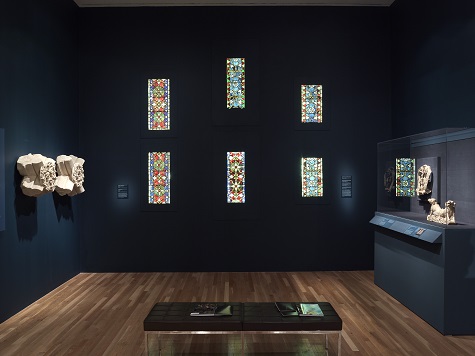Each of the McDermott Interns here at the DMA have the opportunity to participate in an approved professional development opportunity. In early February, I took a trip up to Denver to learn from their Education staff and observe some of their Access Programs. I also connected with Access Gallery, a smaller local nonprofit. I had never been to Colorado and was blown away by both the geographical beauty and the warm welcome I received from each of the museum and art professionals with whom I was able to speak.
On my first full day, I met up with three different members of the Education Department at the Denver Art Museum, then observed their Art and About Tour, which is similar to the Dallas Museum of Art’s Meaningful Moments program that serves individuals with early stage dementia and their family members or caregivers. On this tour, we went to the Japanese art galleries and learned about Japanese tea ceremonies and Samurai.
Here are some photo highlights from my trip!
On day two, I met with the Director of the Access Gallery, who gave me a tour of their space and of their current gallery show, Stick’em Up Chuck, a show of artwork made out of donated stickers.
Take a peek at some of the students’ artworks, their work space, and one of the pieces hanging in Stick’em up Chuck!
The Access Gallery is a drop-in style art-making space where teens and young adults can learn about art, develop their skills, and gain economic opportunity. The students all have a chance to sell their individual art pieces in the gallery’s store, as well as contribute to the larger pieces that are on sale as part of the current gallery show. Through these opportunities, mentally or physically disabled students who may not be able to hold a traditional job gain access to valuable skills like teamwork, time management, and listening to a boss.
As a growing museum professional, this trip was truly enlightening and I’m so grateful to have gotten to experience the incredible programming going on in Denver!
Until next time!
Grace Diepenbrock
McDermott Intern for Family and Access Teaching
